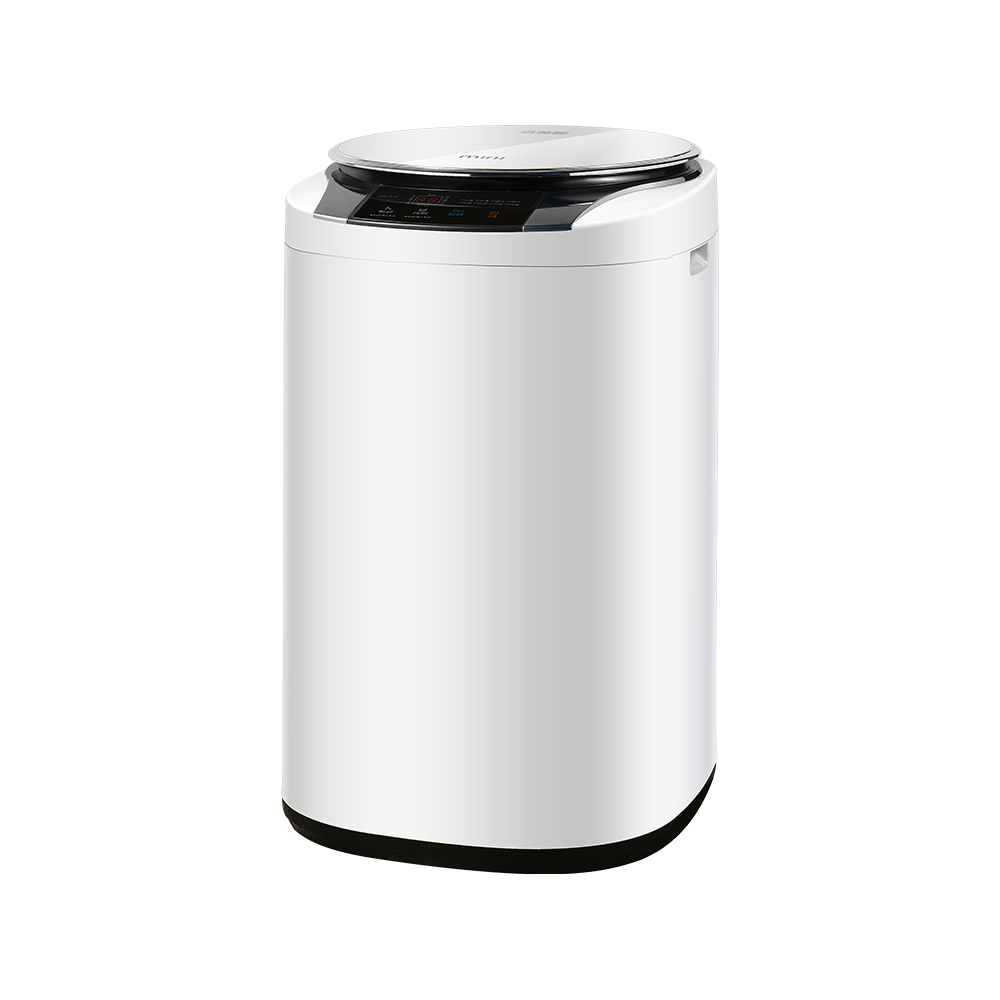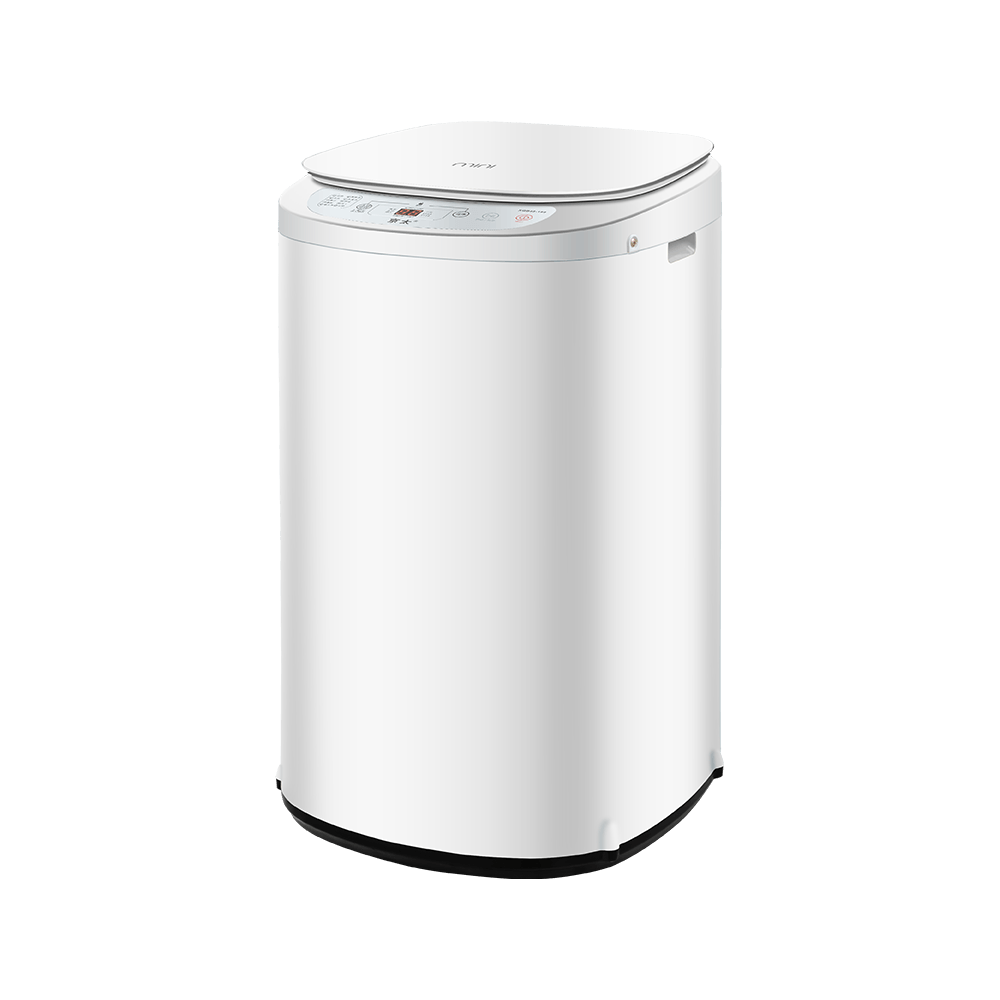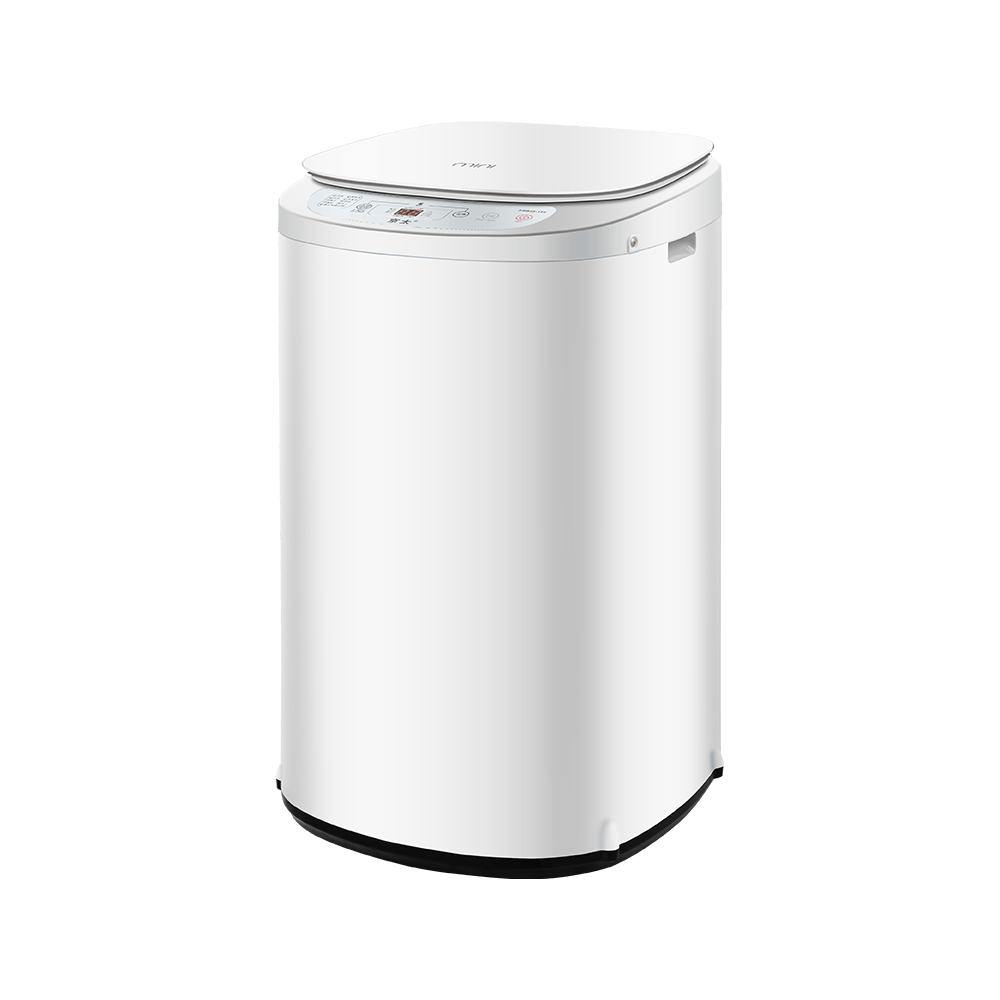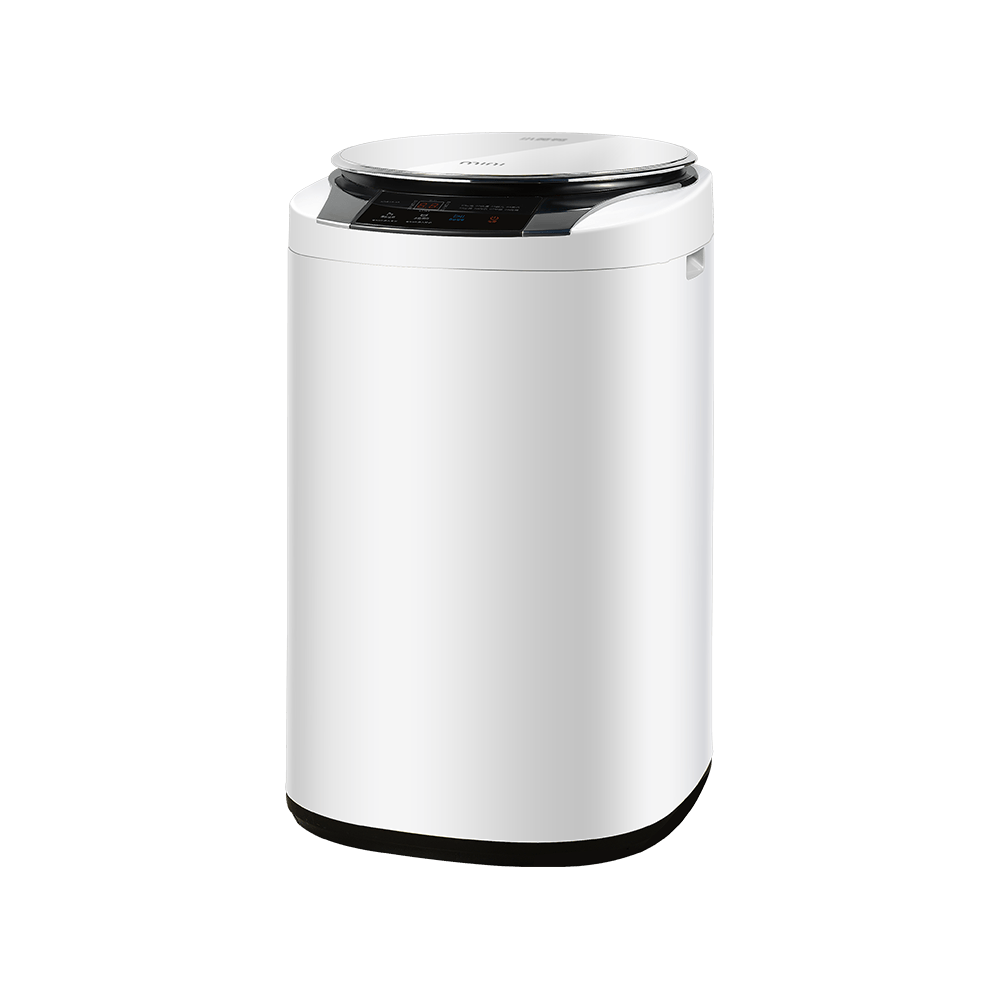Temperature Selection and Initial Setup
Fully automatic washing machines with high-temperature modes require distinct preparatory steps compared to normal temperature cycles. The high-temperature setting typically involves preset programs ranging from 60°C to 90°C, while normal temperature options usually operate between 20°C and 40°C. Users must verify fabric care labels before selecting high-temperature washing, as this mode demands specific material compatibility checks that aren't necessary for regular temperature cycles.
Water Heating Mechanism Activation
High-temperature modes engage internal heating elements that gradually raise water temperature throughout the wash cycle, consuming additional time during the initial phase. Normal temperature cycles bypass this heating process entirely, drawing directly from household water supply lines. The heating phase in high-temperature washing adds approximately 15-20 minutes to the total cycle duration before actual agitation begins.
Detergent Requirements and Dispensing
High-temperature washing necessitates specialized detergents formulated to activate effectively in heated water, whereas normal temperature cycles accommodate standard detergents. Automatic dispensers in modern machines may adjust detergent release patterns based on selected temperature - high-temperature cycles often employ delayed detergent release to coincide with optimal water heating levels.
Cycle Duration and Energy Consumption
The operational timeline differs substantially between modes, with high-temperature programs typically running 30-50% longer than comparable normal temperature cycles. This extended duration results from three factors: water heating time, maintained high-temperature soak periods, and additional rinse cycles to remove heated detergent residues. Energy monitoring systems show high-temperature modes consuming 2-3 times more electricity than normal temperature operations.
Fabric Handling and Motion Patterns
High-temperature programs often modify drum rotation dynamics to protect heated fabrics, incorporating gentler agitation sequences with shorter spin cycles. Normal temperature modes employ more vigorous motion patterns since fabrics remain at lower stress thresholds. Some machines automatically reduce spin speeds in high-temperature settings to prevent thermal expansion-related damage to textiles.
Safety Features and Lock Mechanisms
Additional safety protocols activate during high-temperature washing, including door locking systems that prevent accidental opening until internal temperatures drop below 50°C. Normal temperature cycles may allow mid-cycle pausing or door access. High-temperature modes also feature enhanced water leakage detection and automatic shutdown if heating elements malfunction.
Post-Cycle Cooling Procedures
After high-temperature washing, machines initiate cool-down phases where cold water gradually reduces drum temperature before unlocking. This step, absent in normal temperature cycles, adds 5-10 minutes to the completion time but prevents thermal shock to fabrics and reduces steam release when opening. Some models display temperature warnings until the drum fully cools.
Maintenance and Descaling Requirements
High-temperature operation accelerates mineral deposit accumulation in water pathways, necessitating more frequent descaling than normal temperature usage. Manufacturers typically recommend monthly cleaning cycles for machines regularly using high-temperature settings, compared to quarterly maintenance for exclusive normal temperature operation. The heating elements themselves require periodic inspection when used extensively.
Program Customization Options
While normal temperature cycles often allow extensive user modifications (spin speed adjustments, extra rinses), high-temperature programs typically operate with limited customization to maintain safety parameters. Some machines lock certain options like water level adjustment during high-temperature cycles to ensure proper heater immersion and consistent thermal transfer.
Noise and Vibration Profiles
The operational acoustics differ between modes due to heating element activation and modified drum dynamics. High-temperature washing produces distinctive sounds from water heating and periodic temperature maintenance clicks, alongside generally lower-frequency vibrations from reduced spin speeds. Normal temperature cycles generate more consistent mechanical noise primarily from drum rotation.
Drying Cycle Compatibility
Integrated drying functions often adjust automatically based on wash temperature selection. High-temperature washed loads typically proceed to shorter drying cycles since initial moisture content reduces more efficiently from thermal carryover. Normal temperature washes may require extended drying times unless paired with pre-dry spin boost options.
Water Consumption Differences
Despite longer durations, high-temperature modes don't necessarily use more water than normal temperature cycles. Many machines employ water recycling during heating phases and utilize smaller wash volumes to facilitate faster heating. However, additional rinse requirements in high-temperature settings can offset these savings in some models.
Error Detection and Troubleshooting
Diagnostic systems monitor more parameters during high-temperature operation, including heater performance, thermal sensors, and pressure switches. Error codes specific to high-temperature failures (heater timeout, over-temperature) don't apply to normal temperature cycles. Troubleshooting high-temperature issues often requires professional servicing due to electrical component involvement.
Long-Term Wear Considerations
Regular high-temperature operation impacts machine components differently than normal temperature use. Rubber seals and hoses experience accelerated aging from thermal cycling, while heating elements gradually lose efficiency. Normal temperature washing causes more mechanical wear on bearings and motors from higher spin speeds but preserves thermal components.


 English
English عربى
عربى









